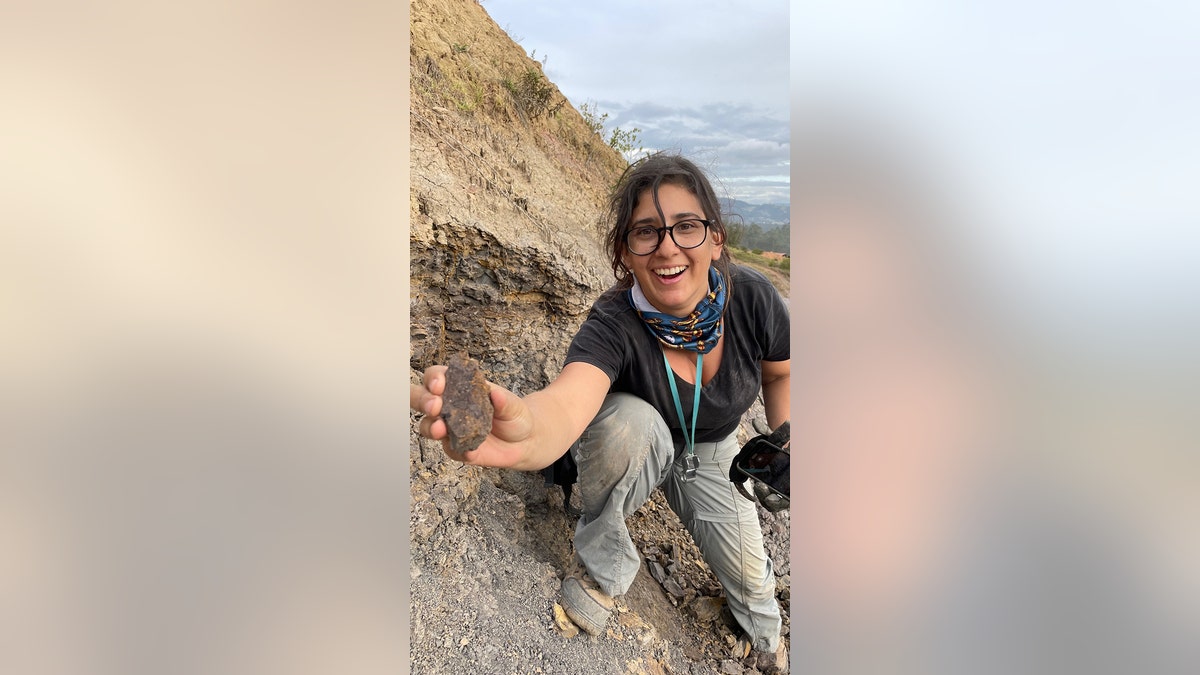
A team of scientists has discovered fossilized grape seeds dating back between 60 and 19 million years in Colombia, Panama, and Peru. These findings provide insights into the evolutionary journey of grapes following the extinction of dinosaurs.
The absence of large animals like dinosaurs may have allowed forests to become denser, creating an environment where grapes could thrive. The oldest known fossilized seeds from the grape family were found in India and date back 66 million years, around the time of the Cretaceous-Paleogene extinction event.
Fossil remains of Vitaceae plants shed light on how they spread following the extinction of dinosaurs. For instance, some distant relatives like two species of Leea are only found in the Eastern Hemisphere today, indicating a tumultuous evolutionary journey.
The discovery was made by researchers from various institutions including The Field Museum in Chicago and the University of Michigan Museum of Paleontology. They published their findings in the journal Nature Plants.
According to Fabiany Herrera, an assistant curator of paleobotany at The Field Museum, grapes started to use vines to climb up trees around the time when dinosaurs went extinct. This adaptation allowed them to spread and thrive in various ecosystems.
The team believes that the absence of large animals like dinosaurs may have played a role in altering forests, making them denser and allowing grapes to proliferate. The findings challenge the common belief that dinosaurs were necessary for the existence of grapes and wine.
Sources:
- Nature Plants (2024).
- Field Museum (2024).
- University of Michigan Museum of Paleontology (2024)








